-
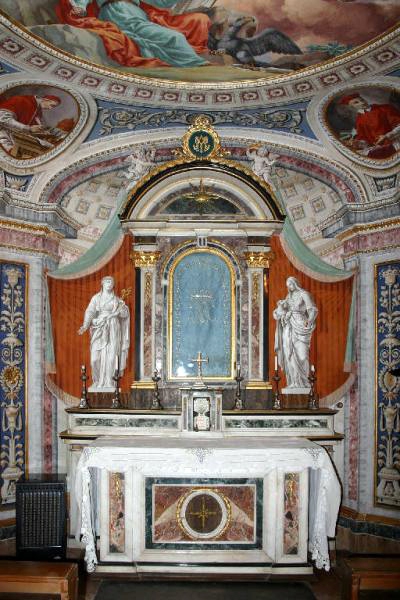
Palazzo Manzi -
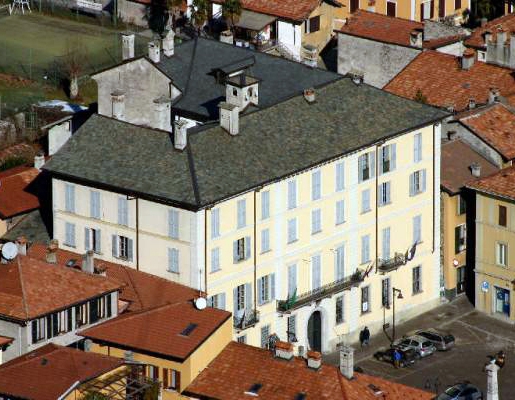
Palazzo Manzi -
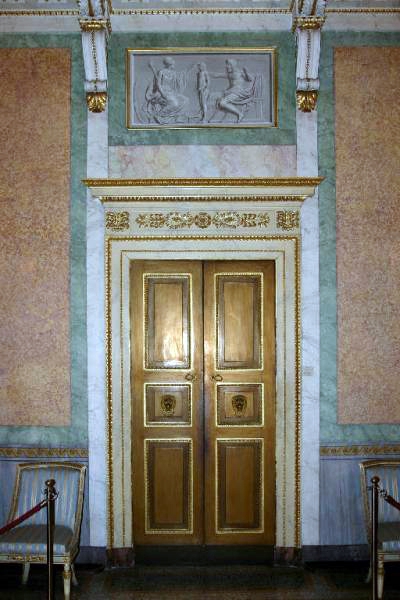
Palazzo Manzi -
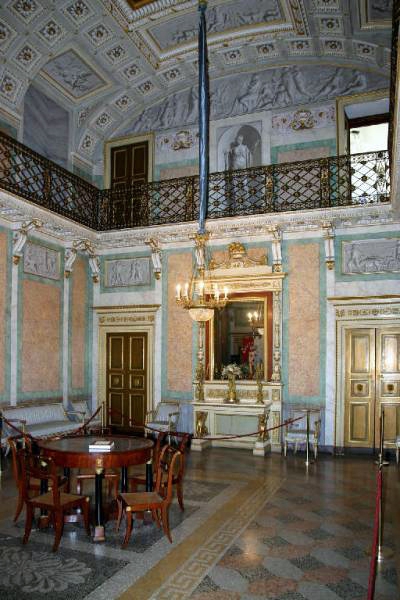
Palazzo Manzi -
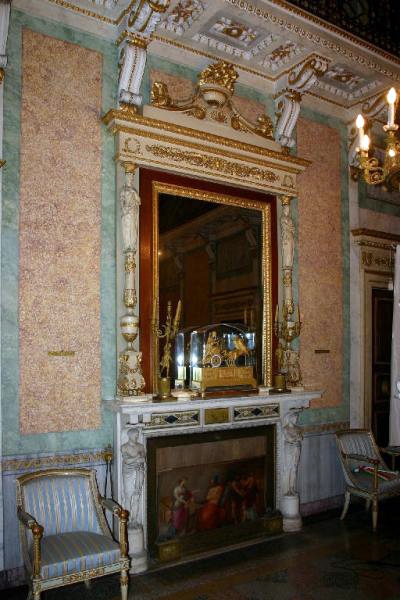
Palazzo Manzi -
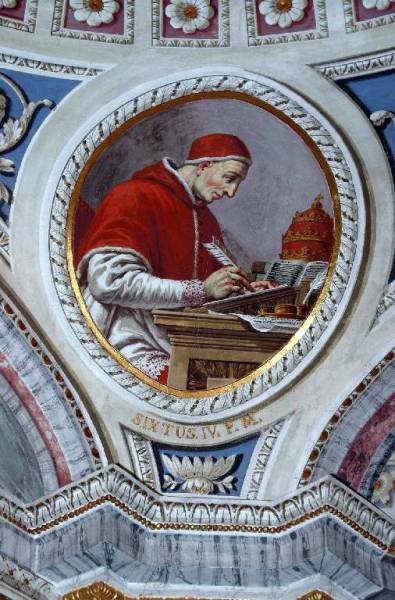
Palazzo Manzi -
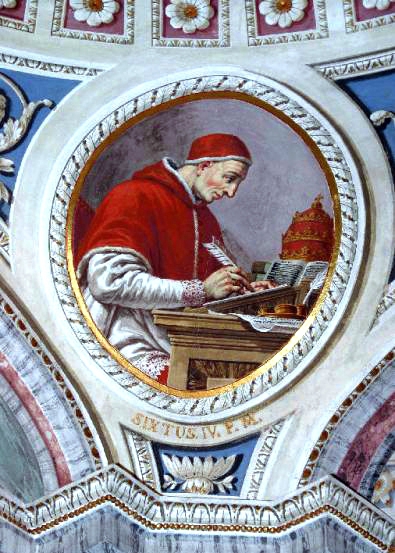
Palazzo Manzi
Palazzo Manzi Dongo Like
Palazzo Manzi: Description
Designed by architect Pietro Gilardoni and Carlo Polti, Palazzo Manzi was to become the residence of the noble brothers Polti Petazzi. But the building is soon owned the family Manzi, from which it takes its name. In 1937 it was finally bequeathed by the last descendant, Giuseppina Manzi, to Dongo and thereafter used as the town hall. In April 1945, Palazzo Manzi plays a role in historical events recounted by the Museum of the End of the War. Mussolini is interrogated here after his capture.
In its severe and elegant architecture, Palazzo Manzi is a rare example of the neoclassical style in Alto Lario. The facade, imposing but sober, is characterized by a large stone portal, surmounted by a balcony on the main floor.
Inside are very picturesque surroundings, as the Golden Hall, the Chapel of the Immaculate Conception and the ancient Library, with its libraries in walnut, home to more than 4,000 volumes.
The Golden Hall in Palazzo Manzi The hall was once the main hall, where the noble owners organized dances and receptions. When the Countess Giuseppina Manzi donated the building to the community of Dongo, it was slated for use as the town hall. But the Golden Hall was not changed and, even today, looks us in its forms-style "empire", with antique furniture and fabrics in style.
More to Explore.
["From motorcycles to silk","bicycles to toy horses or mines to palaces","Lake Como's museums offer something for everyone."]